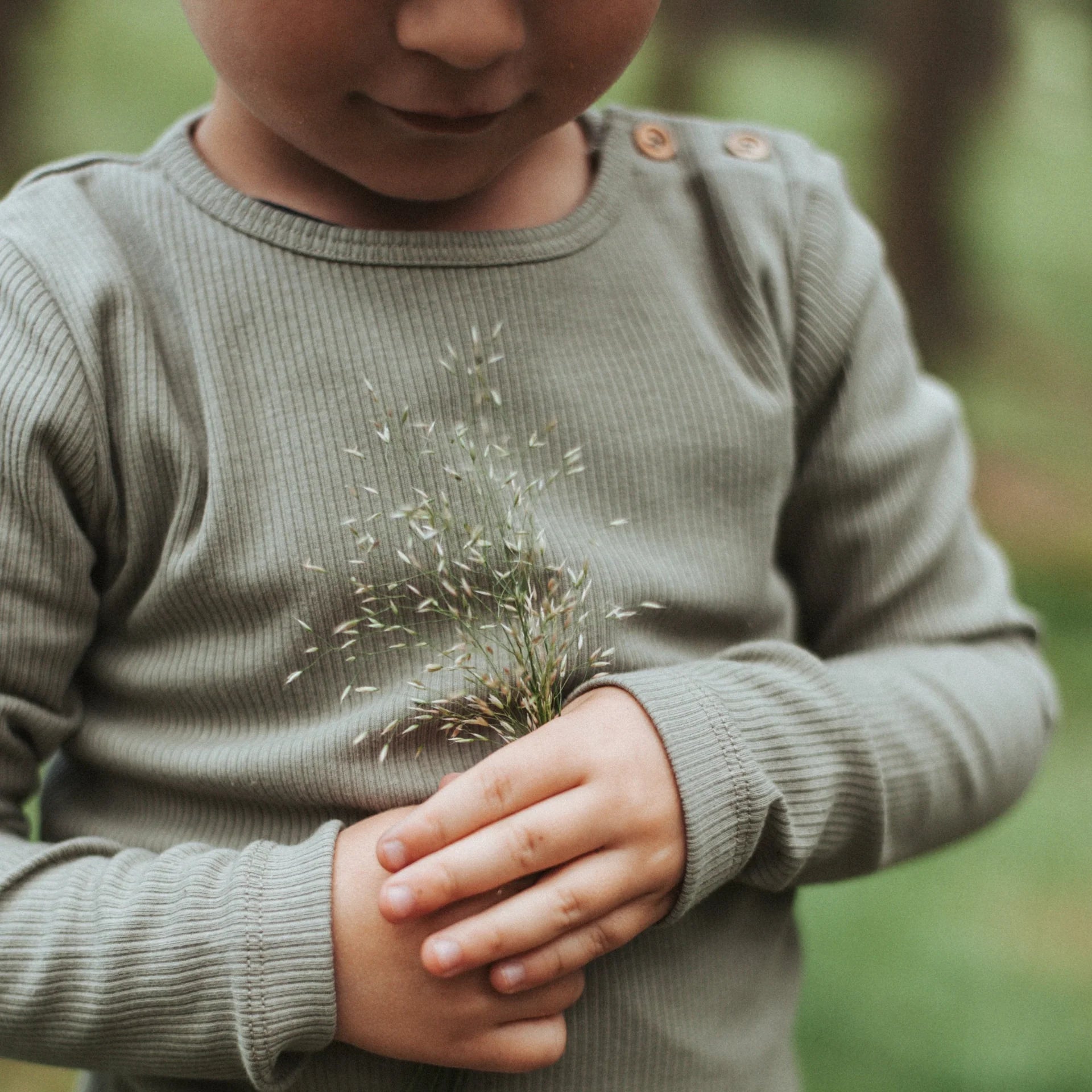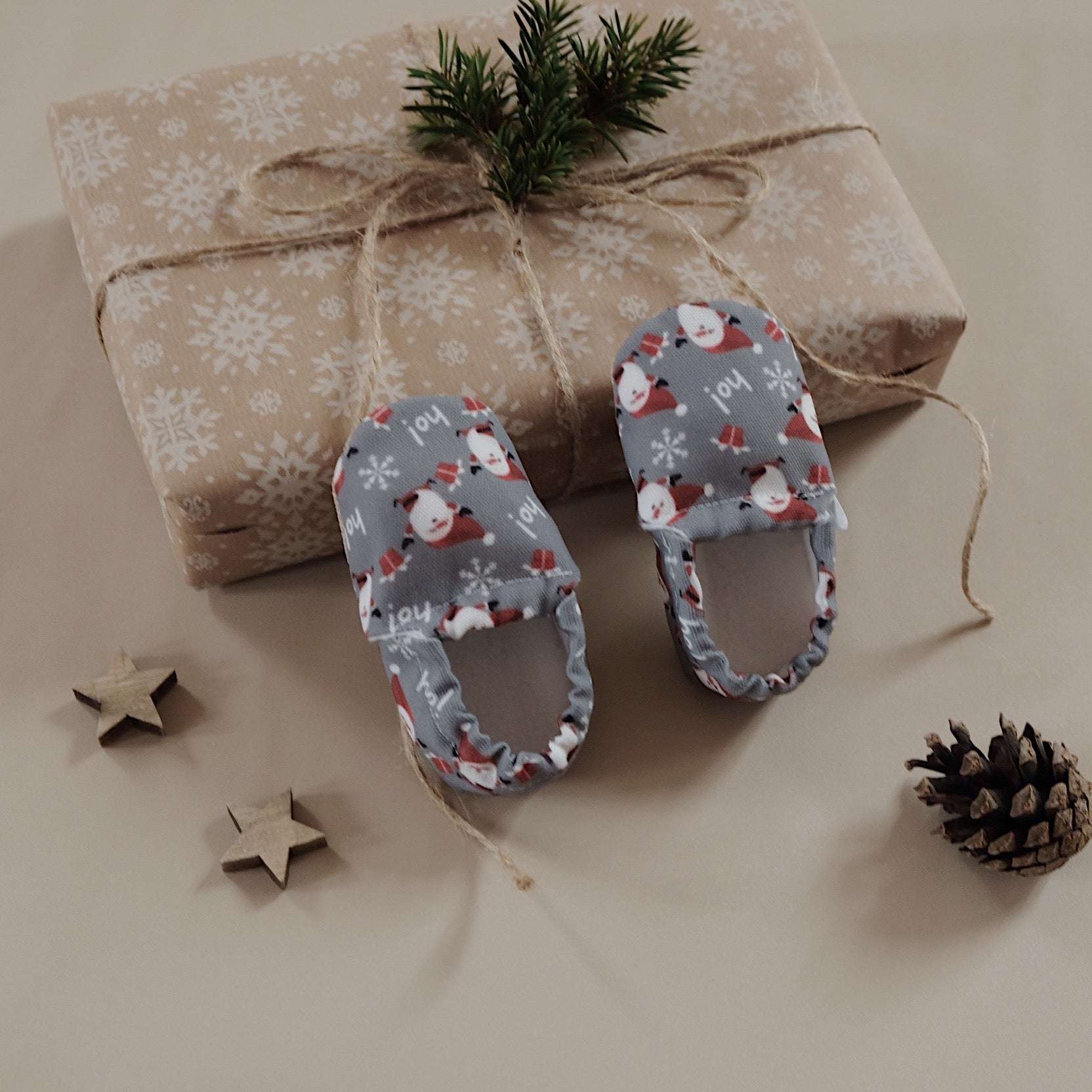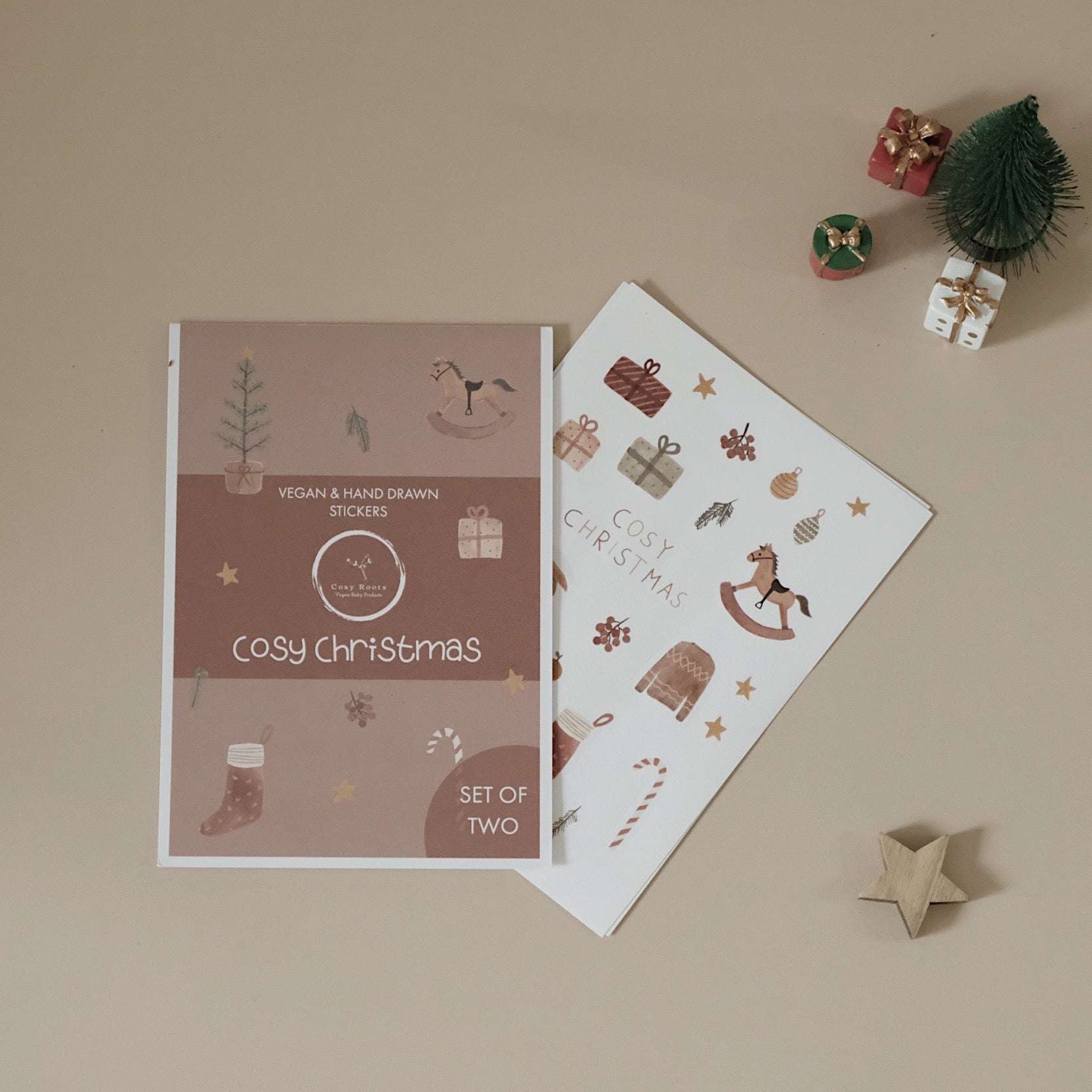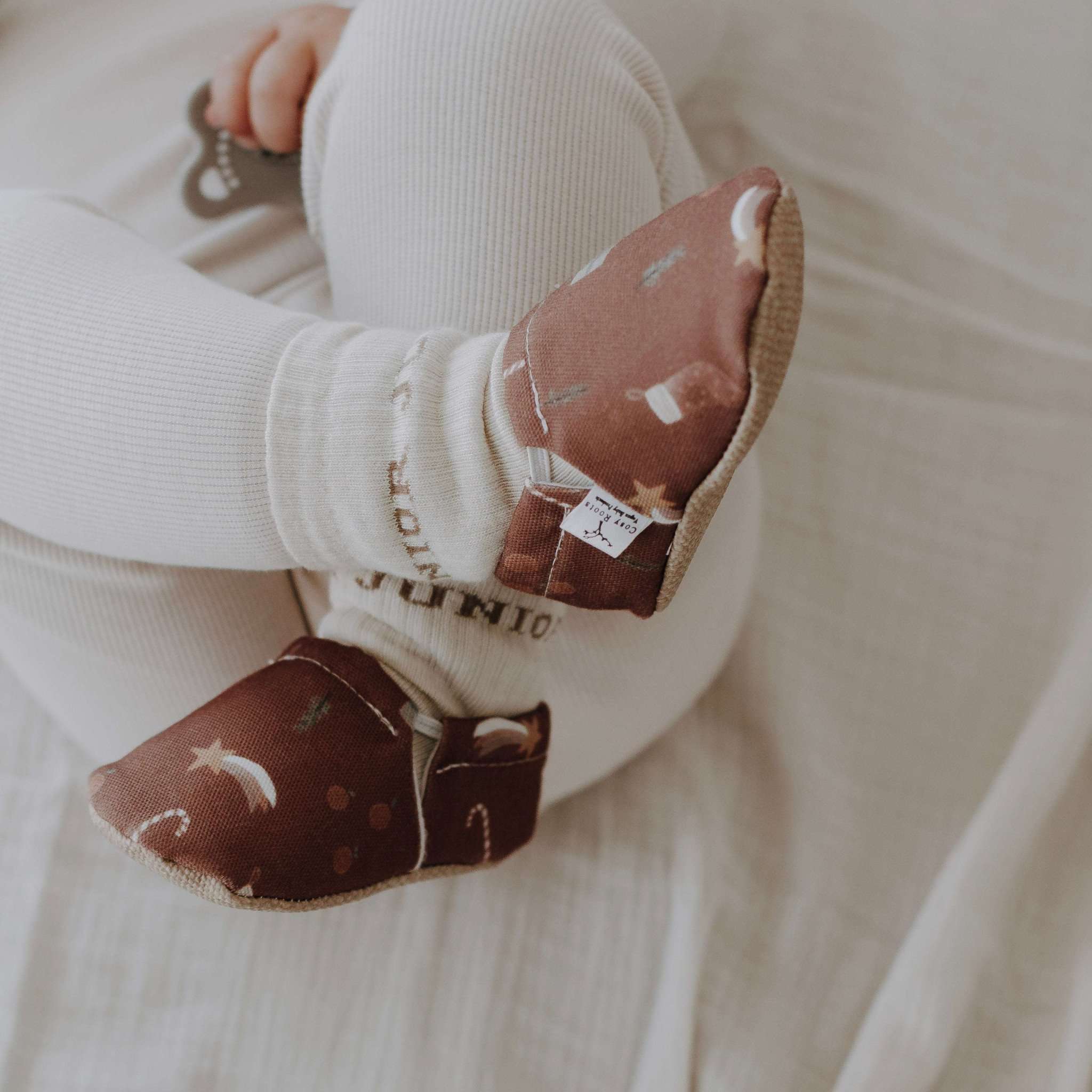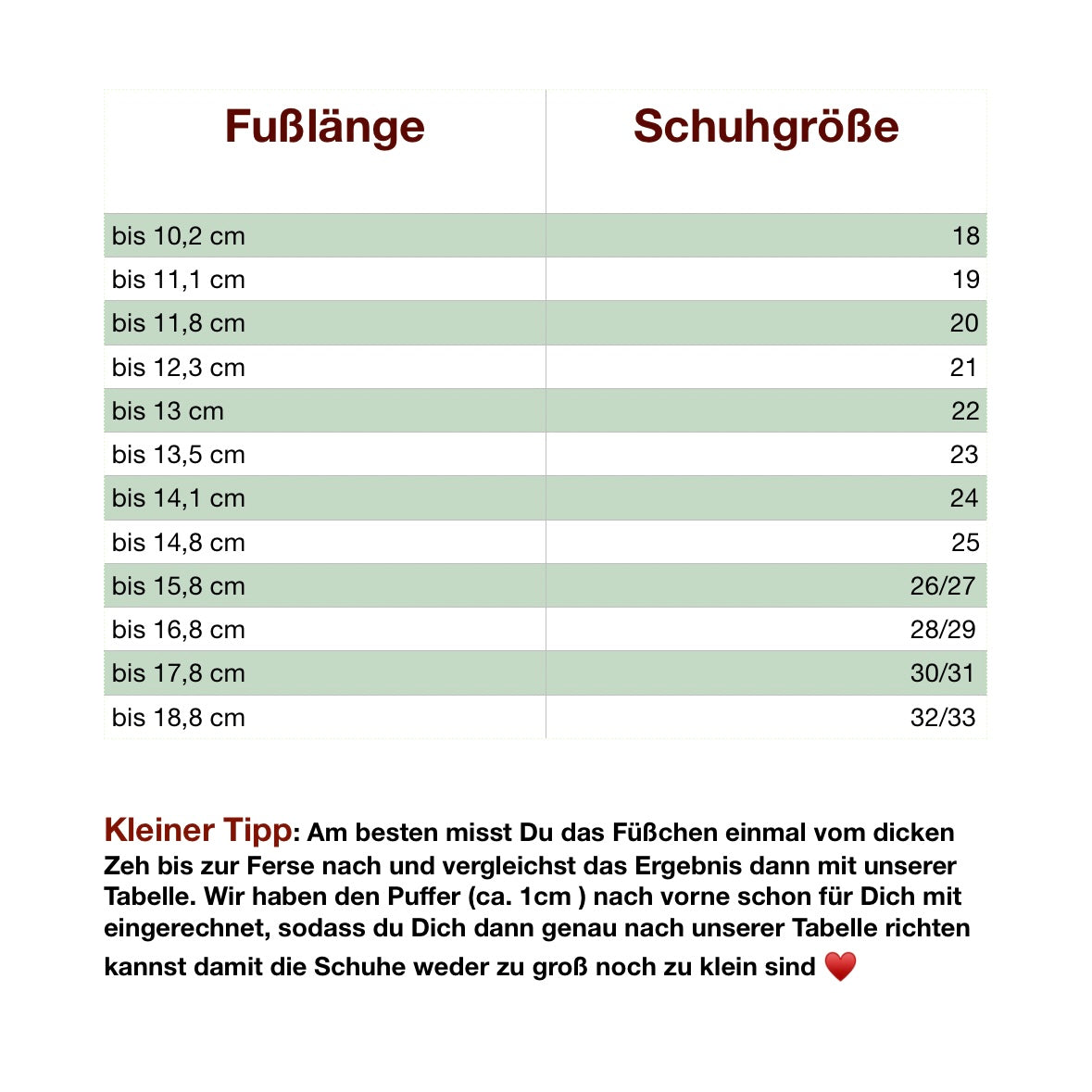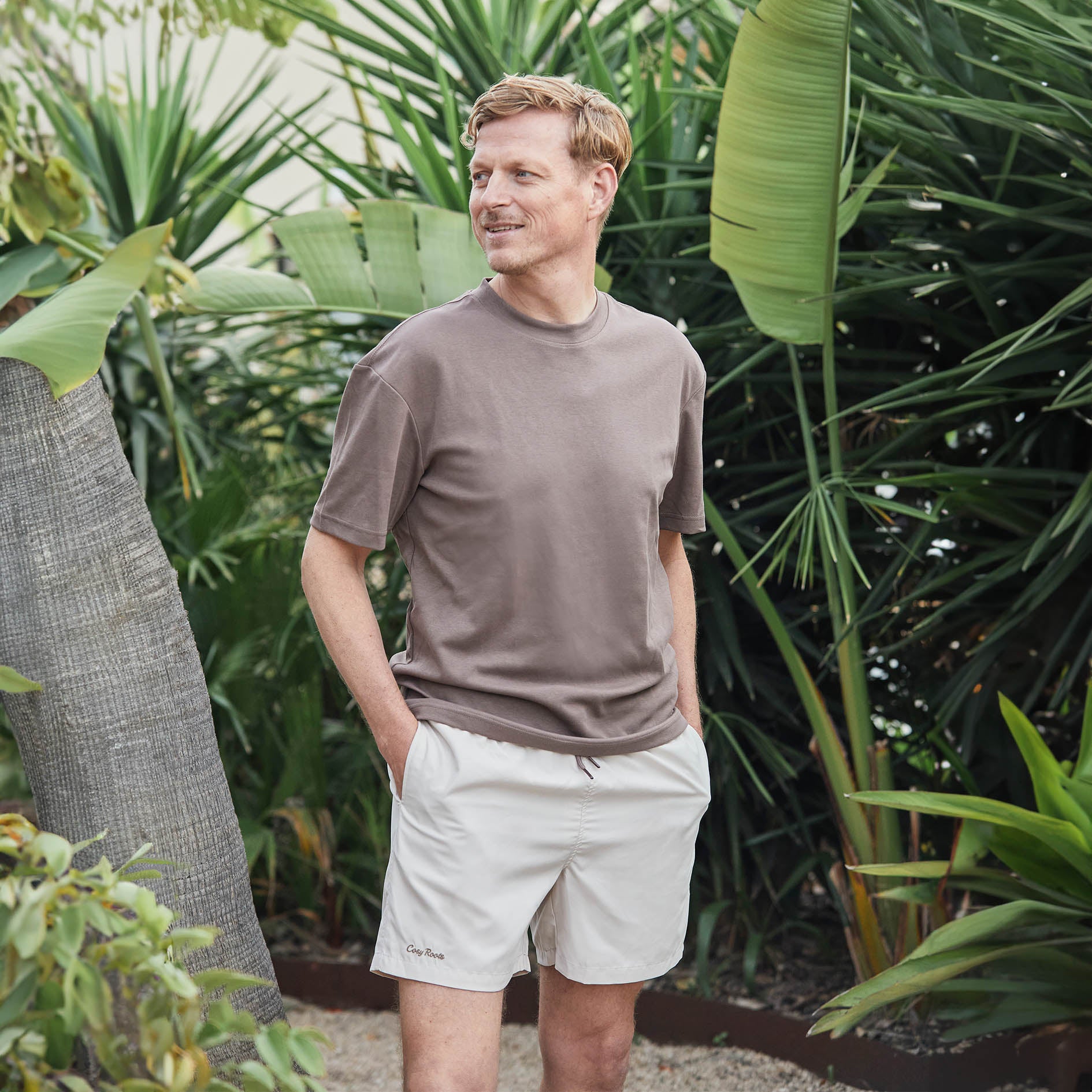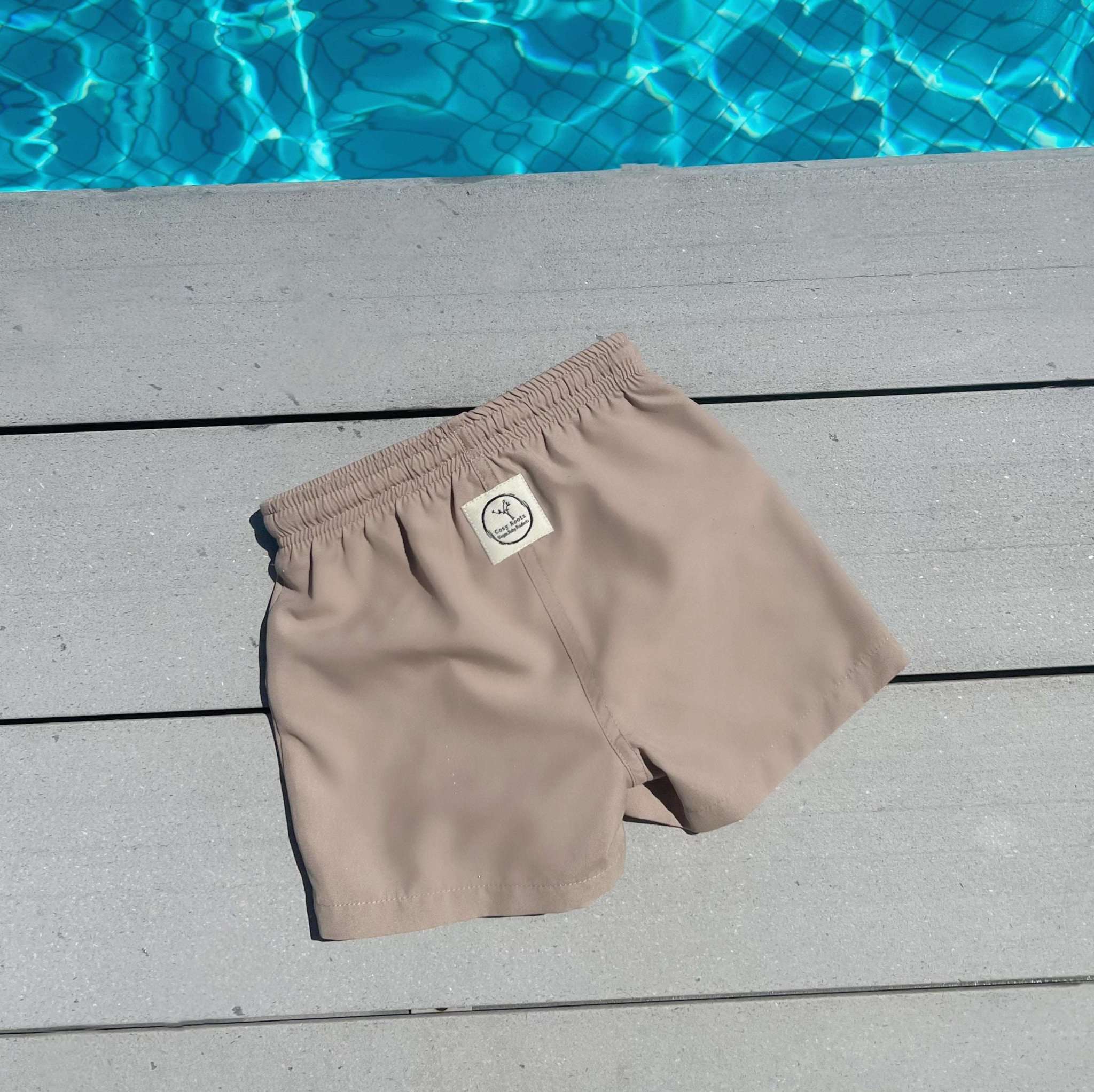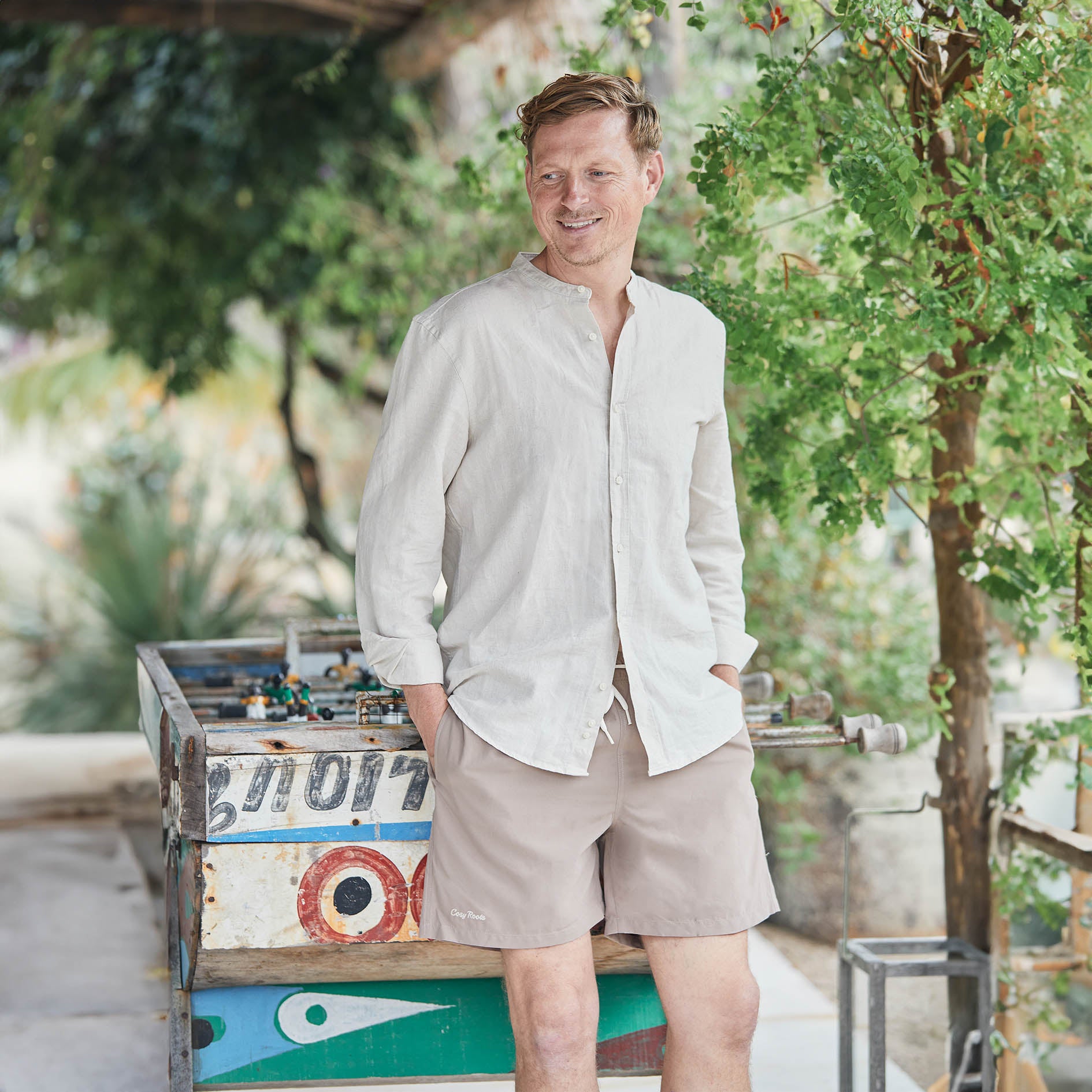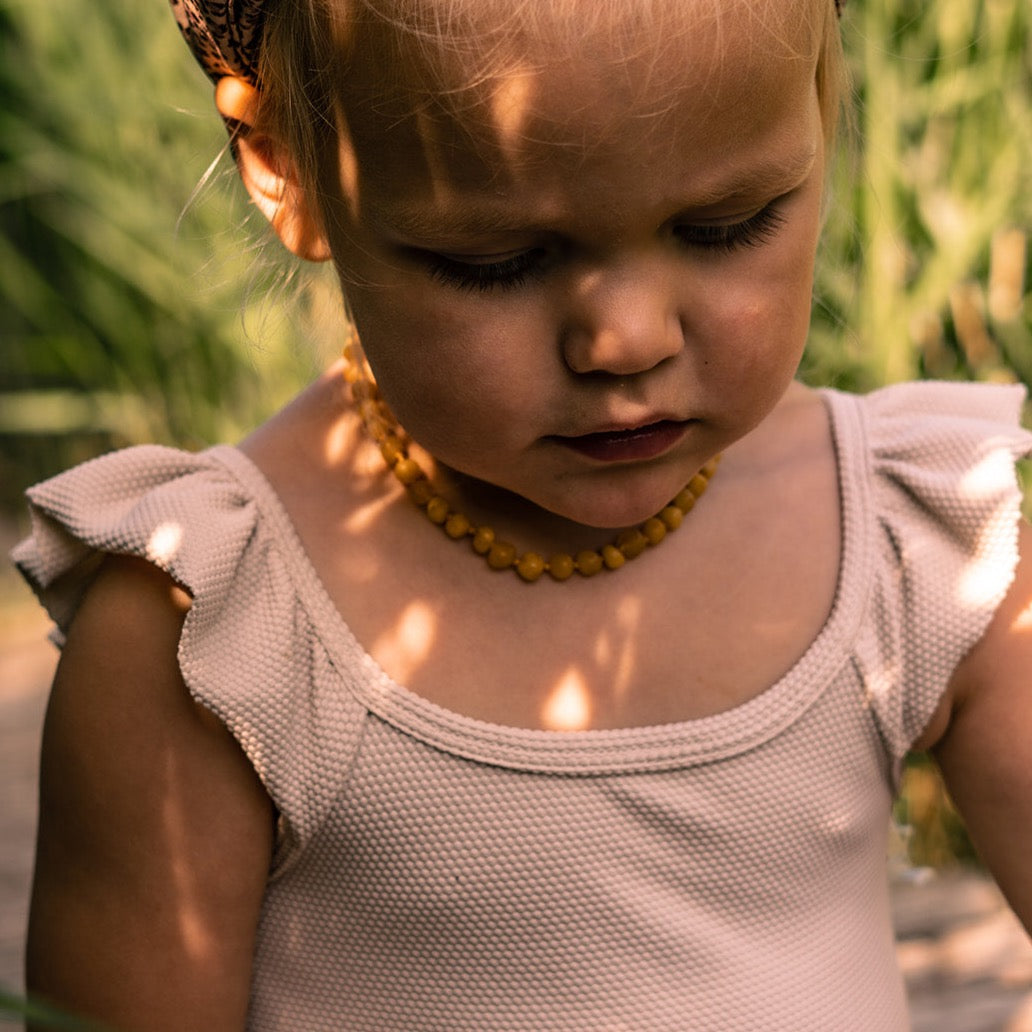The topic of sustainability is particularly important to us - and certainly to you too. Who wants to wear chemically contaminated clothing that was manufactured under terrible working conditions and then transported halfway around the world? This is exactly what we would like to tackle and show you what you should look out for when buying sustainable clothing - whether for your baby or yourself.
What are the criteria for sustainable clothing?
In order to be able to really describe a piece of clothing as sustainable, purely environmental aspects are not enough. Sustainability goes much further, but of course also includes the climate and the environment. In addition, it is also about people, treating each other fairly, conserving resources and avoiding waste and CO2 emissions. In other words, you should look for these characteristics in sustainable clothing:
- Made from renewable or sustainable raw materials (organic cotton, bamboo, organic linen, recycled polyester from PET bottles, etc.)
- Use of certified cotton and Co.
- Fair trade in raw materials and fair production under good working conditions (fair fashion)
- High quality of the products, since resources can be saved through longevity
- Environmentally friendly transport in all phases of production
- Equipment of the garments with important seals
Which materials are available for the production of sustainable clothing?
The list of sustainable materials is long. We have put together the most important ones here to give you an initial overview.
What is actually important when it comes to a sustainable material?
As you of course know, sustainability is based on three pillars: environment, economy and social affairs. Only when all three pillars are addressed can one speak of a truly sustainable material - and this applies to the entire value chain, from sowing (in the case of plant-based raw materials), through production and further processing to refinement and transport.
Here are the most important and most used materials in sustainable fashion. In order to guarantee the security of the origin, you should also pay attention to the corresponding seals, which we will present after the materials.
Organic cotton
No genetically modified seeds are used for organic cotton, no pesticides or synthetic fertilizers are used and significantly less water is used than in the production of conventional cotton. In many cases, regional small farmers are supported in the cultivation, who often do everything by hand from sowing to picking in a nature-friendly manner, which also explains the significantly higher price of organic cotton. The material is particularly well tolerated and practically never leads to allergies, it is also very durable and robust.
ORGANIC wool
With BIO wool, special attention is paid to species-appropriate animal husbandry. The shearing usually does not cause the animals any pain - on the contrary, they are happy to be freed from the warm and heavy fur. With BIO wool, care is also taken to ensure that the animals have sufficient exercise and are fed naturally.
ORGANIC linen
Linen is made from flax and is therefore 100% vegan. In terms of water consumption, flax is significantly more resource-efficient than cotton. Here, too, just like with organic cotton, care is taken not to use any fertilizers and pesticides that pollute the soil, and no genetically modified seeds. The already complex manufacturing process is made even more time-consuming due to significantly more manual work and very gentle processes, which justifies the higher price.
Polyester made from recycled PET bottles
 |
Upcycling at its finest: One kilogram of high-quality yarn is obtained from around eight PET bottles. The bottles, some of which are fished out of the sea, are shredded and melted down. Since this process hardly requires any energy or water, the material is considered to be particularly resource-friendly. In addition, it is more dimensionally stable, lighter, more robust and more durable than linen or cotton and thus contributes to a longer service life of the textile. |
SeaCell®
This vegan natural fiber is obtained from Icelandic brown algae, which are harvested in a very environmentally friendly manner. The really special thing is that the particularly gentle processing preserves the minerals and vital substances in the algae and releases them when the clothing is worn due to the body temperature and the moisture in the skin. So you practically wear skin care in the form of clothing. This is really unique. We will probably hear a lot more about this fiber in the future, which is currently very young on the market.
lyocell and modal
Lyocell is a vegan yarn that is obtained through a chemical process from the very fast-growing eucalyptus tree. Modal is made from local beech wood. The cellulose fibers are extracted from the wood using an organic solvent and then spun into yarn. It is important to ensure that the eucalyptus in Lyocell and the beech in Modal come from sustainable cultivation (no pesticides, no competition with animal habitats, good working conditions). Lyocell is particularly suitable for sports fashion. Modal is interesting because the beech trees come from our latitudes and long transports are therefore not necessary.
hemp fiber
The hemp plant is very frugal, needs little water and grows very quickly almost everywhere. The robust clothing made of hemp fibers can be found a lot in the sports sector and also in T-shirts.
Soy silk or vegan cashmere
Soy silk is a double-edged sword. On the one hand, the very soft and comfortable material is sustainable because it is made exclusively from waste from soybean production. Now comes the big BUT: During production, sometimes dangerous chemical substances are used that can pollute the environment.
What are the important seals for sustainable clothing?
Unfortunately, the number of seals is almost unmanageable and many of them have no real basis or recognized selection criteria. But there are also a number of very recognized seals that we would like to introduce to you below so that you can make the right decisions and buy truly sustainable clothing :
GOTS (Global Organic Textile Standard)
 |
GOTS is the world's leading standard in textile processing for organic fibres, including ecological and social criteria, supported by independent certification of the entire textile supply chain. GOTS certified end products can include fiber products, yarns, fabrics, clothing, home textiles, mattresses, personal care products as well as food contact textiles, etc. |
We are very proud to be GOTS certified. Our children need both our protection and our example. If you learn early on how to treat the environment with care, you will be able to do this better later in life. Only the best is good enough for our little ones.
NATURAL TEXTILE IVN certified BEST
 |
From the International Association of Natural Textile Industry e. V. issued a seal that covers the entire textile production chain from an ecological and socially responsible point of view. Manufacturers must have an environmental policy, the fibers must be 100% organic and natural, and no hazardous chemicals may be used. |
Fair trade (cotton)
 |
The well-known Fairtrade symbol is available for various raw materials such as tea, cocoa, coffee and cotton. The general standards are aimed at fair prices for the producers, the promotion of their social, economic and ecological development and the environmental compatibility of the certified products. |
RWS - Responsible Wool Standard
 |
The Textile Exchange, as the holder of the RWS seal for responsibly produced wool, recognizes the best practices of farmers. RWS ensures that the wool comes from producers who care about animal welfare and have an overall sustainable approach across the entire value chain. |
fair wear
 |
Fair Wear attacks on many fronts. The Foundation is concerned with working with industry influencers, strengthening employee rights, improving working conditions, increasing wages, becoming active in the producing countries themselves and ending discrimination. |
green button
 |
The Green Button is a state seal supervised by the Federal Ministry for Economic Cooperation and Development (BMZ). This is about sustainable clothing with an extensive catalog of criteria. A total of 46 demanding social and environmental standards must be complied with – from A for wastewater limit values to Z for a ban on forced labour. |
In order to be sure that the indication of a seal really applies to the respective manufacturer, you can often find a database on the websites of the seals in which all producers and dealers who are actually certified under this seal are listed.
Conclusion
When buying sustainable clothing, there are many things to consider and consider. In the end, it's just important that you have a good feeling when you wear it and don't have to worry about whether a child was involved in the production in a 16-hour work shift, whether animals had to suffer or the planet was badly done . We hope we were able to support you in this.
Actually, you don't need to look any further, because all products in our shop are 100% sustainable and are made from GOTS-certified materials. Just have a look - we hope you like our vegan baby shoes, organic cotton blankets, tops and other products.


